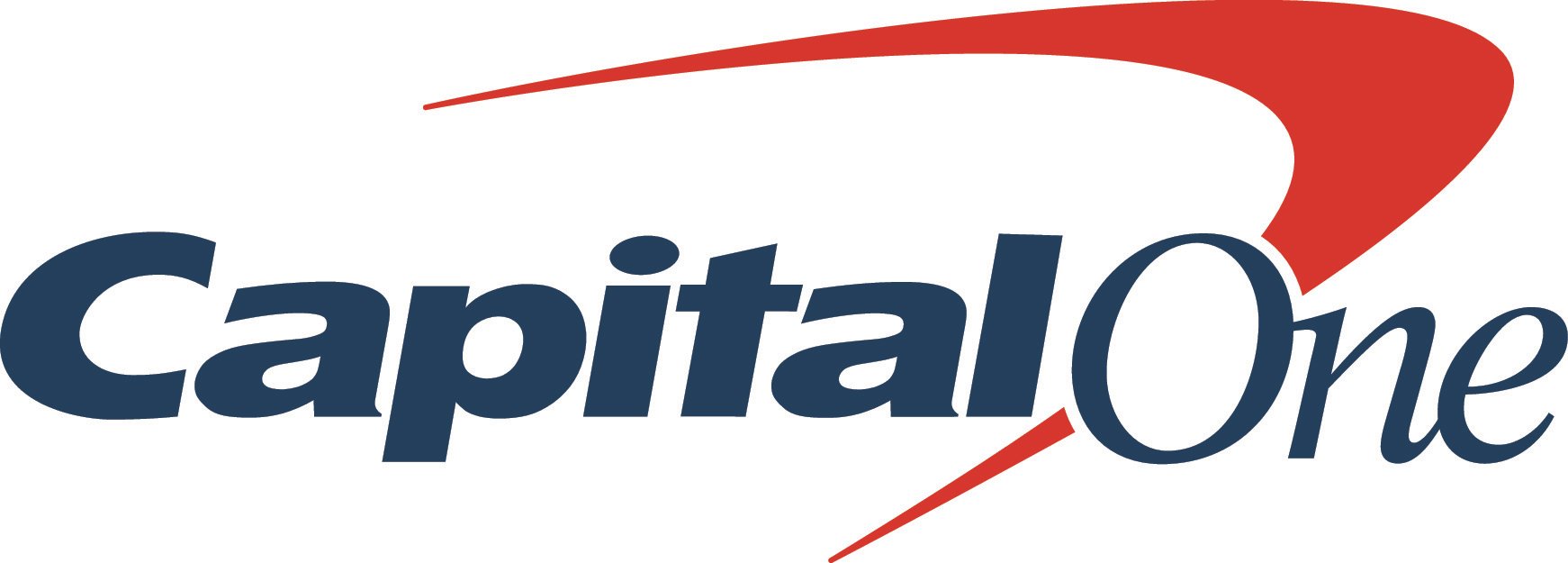It has been talked about. Anticipated. And now it’s finally here. On Sept. 18, the Federal Reserve announced a rate cut. This decrease — the first in more than four years — was made in response to cooling market conditions. For savers, it will also mean a gradual dip in savings rates.
Here’s what to know, what to consider and how to decide what your next savings moves should be.
Know the highest savings rates
The savings accounts with the highest annual percentage yields currently earn more than 5%. After the Fed announcement, however, we expect to see a dip. That’s because when the Fed lowers rates, banks pay less to borrow from each other, often leading them to reduce the rates they offer on both bank loans and savings accounts.
The best rates will eventually approach 4% APY before slipping even more if the Fed makes additional cuts. That’s widely expected to happen later this year and into 2025.
For context, the national average savings rate is 0.46% as of September 16, 2024, according to the Federal Deposit Insurance Corp. This means that in a high-yield account, you will still likely earn around 10 times more than the average rate.
Here are a few more things to consider.
For those with money in a low-yield account: There have always been savings accounts with low rates that seem to consistently hover around a paltry 0.01% APY. (This is typical with savings accounts at large banks.) If you have your money tied up in a low-yield option, you could almost certainly do better.
Let’s say you have $2,000 in savings that earns only 0.01%. If the account stays at that rate over the next year, your money would earn only 20 cents. (You can calculate this amount using the NerdWallet savings calculator.)
But if that money was deposited into a high-yield account that offers a 4% rate instead, you would earn more than $81 in interest. So your next smart move could be switching to a federally-insured high-yield savings account.
For those with money in a high-yield account: If your money is already in a high-yield account, you will likely continue to earn some of the better rates around. We’ve seen that over time, the accounts with the best yields often stay above their competitors’ rates.
That said, after any Fed announcement, your next smart move is to compare the rates your bank offers to the rates at other institutions. If others have better APYs and can match or beat your current account’s savings features, consider transferring your money to the better option.
Remember your reasons for saving
Keep in mind that the purpose of your savings account is to have money available to you when you need it, such as in a financial emergency. Even if rates are lower, regularly putting aside cash in an emergency fund can help you avoid going into debt if you have a surprise car repair bill or unexpected dip in income.
You can help your account by eliminating or minimizing fees. If your bank requires a minimum balance to avoid a monthly service charge, for example, you’ll want to keep your balance at or above that minimum. Or better yet, select an account that doesn’t charge any monthly fee.
Pro tip: Online savings accounts tend to offer strong savings yields, as the institutions that offer them don’t have to operate branches. Many pass on the savings to customers in the form of higher rates and lower fees.
Secure today’s high rates with a CD
Say you have an emergency fund in a high-yield account, and you also have some extra money to save, an amount you won’t need to touch for a few months or years.
Consider locking in today’s rates by saving the extra funds in a certificate of deposit. These are federally-insured accounts where you agree to deposit your money for a set time period, in exchange for a guaranteed rate that does not decrease.
According to CME Group’s FedWatch Tool, the Fed will likely lower rates again at its next meeting in November. No one can predict the future, of course, but even if the Fed continues to announce rate cuts over the next few months, your money would still benefit from the current market’s stellar CD rates (if you opened an account today) until the certificate expires. And many high-yield CDs have rates that are better than those of the best savings accounts.
The high savings yields of the last year or so have almost definitely reached their peaks. But savers still have plenty of opportunity to take advantage of better-than-average rates. By keeping your money in high-interest accounts, you can make the most of your savings in any rate environment.







